Desde el Gancho circularEl mandato fue propuesto por los gestores pesqueros, lo único que he oído es gente quejándose de ello. Me parece bastante extraño que un gran porcentaje de estas personas sean las mismas que se quejan de que no se está haciendo lo suficiente para proteger la pesquería. ¿Supongo que solo quieren proteger la población de manera que no los obligue a cambiar nada en su forma de pescar? Verse obligado a cambiar algo nunca se siente bien, pero a veces hay que hacerlo para lograr una visión más amplia. La conclusión es que se supone que la reforma por el bien de la pesca perjudicará un poco. Un gran porcentaje de las personas que pescan lubina rayada son captura y liberación únicamente o del tipo que captura una o dos por año, lo que reduce los cambios en el límite de captura. nadasobre cómo pescan o la presión que ejercen sobre la pesquería. Eso significa que toda la mortalidad que estos dos grupos de usuarios muy grandes contribuyen a la pesquería no se controla ni se modifica. Eso no sólo no es bueno, sino que tampoco es justo.

Ganchos en J efectivos y mortales
La pesca con cebo vivo o muerto es una forma muy popular de pescar y también una forma muy eficaz de pescar peces grandes. La desventaja de su innegable eficacia es la tasa de mortalidad desproporcionadamente alta en comparación con otros métodos. La lubina rayada, especialmente las grandes, puede tragarse una anguila más rápido de lo que puedes leer todas las palabras de esta oración. Enterrar el anzuelo en la garganta o las branquias de cualquier pez reduce drásticamente sus posibilidades de supervivencia y esas posibilidades disminuyen aún más después de una larga pelea y caen aún más si no se toma tiempo para revivir al pez; agregue una sesión de fotos y el pez estará tan bien como hecho.
¿No me crees? Escuche esta pequeña joya. A finales del verano de 2007 disfruté de la mejor pesca de lubina rayada grande que probablemente haya visto en mi vida y esto viene de un tipo que pescó un gran porcentaje de los blitzes más grandes que el Canal haya visto jamás, este Fue mejor. Estábamos capturando docenas de peces de 30 a 38 libras con múltiples peces de 40 libras desembarcados cada noche y esto continuó durante semanas. Nosotros también lo teníamos todo para nosotros, las redes sociales aún no habían contaminado la pesca en ese momento. Una noche éramos otro amigo y yo, ambos estábamos pescando anguilas, yo estaba usando anzuelos circulares y él estaba usando anzuelos en forma de J tradicionales. Esa noche aplastamos pescado, al menos cuatro por encima de 40, y cuando la marea bajó, nos dirigimos a la carretera. Normalmente caminábamos a lo largo de la base del rompeolas, pero por alguna razón, caminé por la línea de marea baja esa noche y encontré tres gigantes muertos al salir. Que tragedia. No me sentí bien al dejarlos allí sin respetarlos, así que los trajimos a casa para la mesa. Todos los peces que capturamos esa noche fueron liberados y parecieron nadar con fuerza, pero los peces que encontré pesaban 37, 41 y 45 libras y todos tenían un anzuelo en forma de J en la garganta. Creo que esa historia dice mucho sobre la efectividad de los anzuelos circulares y el daño infligido por un anzuelo profundo; para mí estas cosas son innegables.

Se requiere un poco de desprogramación
No entiendo el problema. Aún puedes pescar anguilas, bunker o cualquier otro cebo vivo o muerto que elijas, aún puedes pescar en todos los lugares en los que podías pescar antes, el único cambio es que debes cambiar tu método, solo un poco. , utilizando un anzuelo diferente y perfeccionando un juego de anzuelos diferente. Comencé a usar anzuelos circulares en 2005 y, después de un breve período de desprogramación, no solo dominé el juego de anzuelos circulares, sino que también aprendí que una vez que un pez se engancha en un círculo, casi nunca se suelta. Piénselo, ese gancho tendría que retroceder más de 180 grados para desabrocharse, quiero decir, ¡el gancho es casi un círculo literal! Otra cosa que aprendí es que muy rara vez se obtiene un mal juego de anzuelos con un círculo, el anzuelo se ancla en la mandíbula y casi nunca se agarra a los tejidos blandos de la garganta, donde es mucho más probable que se desgarre y debido al movimiento hacia adentro. En la punta de frente, nunca obtendrás esos enganches medio pegados en el paladar; la punta está diseñada para evitar todo eso y encontrar un agarre sólido cuando se tira entre los labios cerrados del pez. En realidad, es un invento genial.
Haciendo la transición
Mencioné anteriormente que tuve que soportar un período de desprogramación, donde tuve que resistir la tentación de inclinarme y devolver el golpe violentamente como lo hacemos con un gancho en forma de J. Y sí, durante ese tramo me perdí algunos peces. Mi consejo es empezar a utilizar anguilas o cualquier cebo que te guste antes de lo habitual este año, tal vez a principios de mayo, y aplanar la curva de aprendizaje en cardúmenes grandes y peces pequeños para que domines el método mucho antes de que las chicas grandes lleguen a la ciudad.
Esto es lo que ha funcionado para mí. En primer lugar, me gusta usar un anzuelo más grande porque siento que una separación más amplia siempre se traduce en una conexión más confiable. Por lo tanto, normalmente uso anzuelos circulares 8/0 para anguilas y podría subir aún más para bunker vivo o con trozos. Me gusta usar un anzuelo más grande por la sencilla razón de que creo que un espacio más grande se traduce en una mejor conexión en general. Si el tamaño del anzuelo te hace pensar que los peces van a ignorar tu cebo, considera el hecho de que comen tapones con anzuelos triples colgando de ellos y también se tragarán felizmente un bunker con un anzuelo 7/0 clavado a es el flanco; lo que intento decir es que el anzuelo no va a despedir a ninguna lubina rayada hambrienta. Recuerde, la ley dicta que debe usar un anzuelo circular EN LÍNEA, eso significa que la punta está alineada con el vástago del anzuelo; los círculos desplazados ahora son ilegales.

Compensado versus en línea
Pesca de anguilas vivas
Al igual que con tus amados anzuelos en J, una conexión exitosa depende de que esperes el tiempo suficiente para meter el cebo en la boca. Principalmente pesco anguilas, así que voy a detallar mi rutina con las anguilas aquí, pero el proceso con otros cebos debería ser prácticamente el mismo. Mantengo la punta de mi caña en alto cuando estoy en movimiento, casi hacia arriba. Todo lo demás relacionado con la pesca de anguilas vivas es igual: se las pesca igual, se las lanza y se enrolla lentamente. Una cosa que no debe hacer es la vieja rutina de "abra la fianza y déjelos correr hasta contar 10". Por eso mantengo mi punta hacia arriba en el aire, cuando un pez agarra la anguila, espero a que el pez tire de mi punta hacia abajo hasta que quede paralela al agua, lo que demora unos tres segundos, y aquí es donde hacemos un cambiar. Si fuera un anzuelo en J estándar, aquí es cuando se enrollaría para acercarse al pez y tirar hacia atrás con fuerza. Pero en cambio, una vez que la caña apunte al pez, girará de manera constante hasta que sienta que el pez tira de su línea apretada; esto significa que el anzuelo se ha movido a su posición. Luego es un levantamiento lento de la punta de la caña con un arranque constante hasta que sientas un pop, cuando sientas que dale algunas series moderadas para enviarla a casa y comenzar su juego.

Foto del Capitán Jack Sprengel @eastcoastcharters
Pesca con otros cebos
Para aquellos que pescan con trozos o peces vivos como bunker o scup, pueden engancharlos a través de las fosas nasales, pero el consenso entre los pescadores que pescan más peces con carnada viva y trozos que yo, es que colocar estos cebos "desenganchados" para que el La brecha es totalmente clara y aumenta considerablemente sus posibilidades de conectarse. Hay muchas versiones de estos equipos, muchos de los cuales utilizan bandas elásticas cosidas a través de la cuenca del ojo y luego enrolladas firmemente alrededor del anzuelo, algunas usan línea trenzada de Dacron de manera similar, cosida a través de los ojos y luego atada firmemente a la curva del anzuelo. El objetivo de estos aparejos es que, como se mencionó anteriormente, el espacio se mantenga despejado, pero también que el cebo se desprenda del aparejo, lo que mejora el juego del anzuelo y elimina el peso del cebo, lo que puede liberar el anzuelo durante la batalla.
Cambio para el bien común
Debería ser bastante obvio en este punto que las ventajas que brindan los anzuelos circulares (mejores enganches, menos peces perdidos, una reducción drástica de los peces enganchados en el intestino, menos tiempo dedicado a desenganchar los peces) superan con creces su reticencia a dejar de colocar el anzuelo. No sea egoísta, esto debe verse como un cambio voluntario, lo está haciendo por el bien de la pesquería: más peces nadando en el océano significa más peces para pescar la próxima vez y más bebés para poblar el futuro. Es un ajuste fácil y lo dominará en poco tiempo. Necesitamos que haya tantas rayas en el océano como sea posible para que la población se recupere nuevamente, cambiar a anzuelos circulares es hacer su parte. ¡No más quejas!




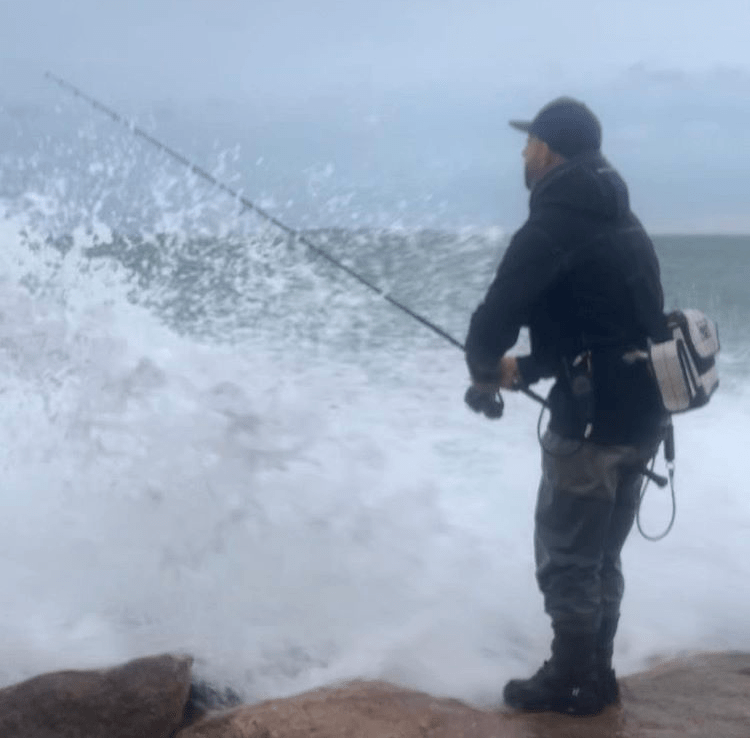

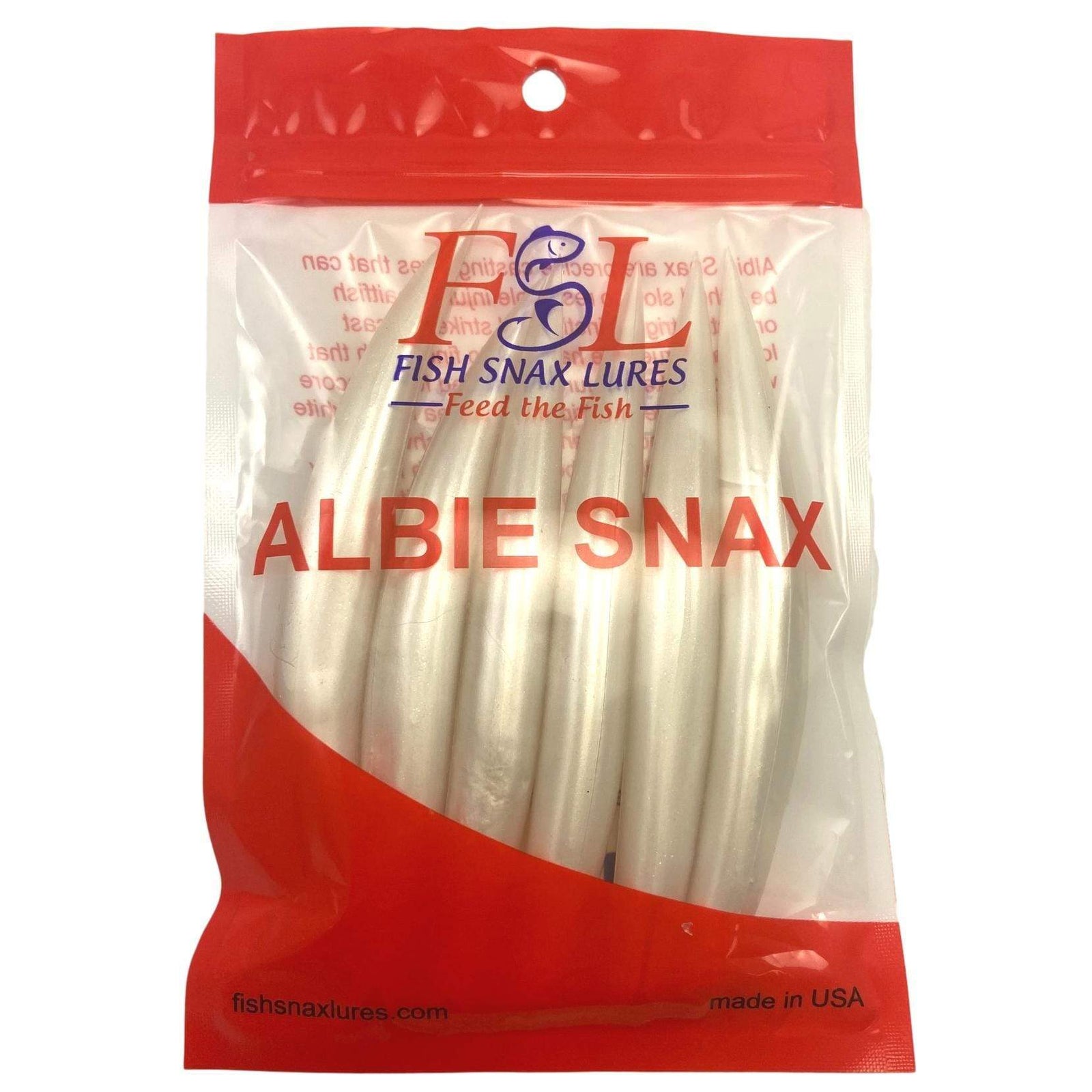

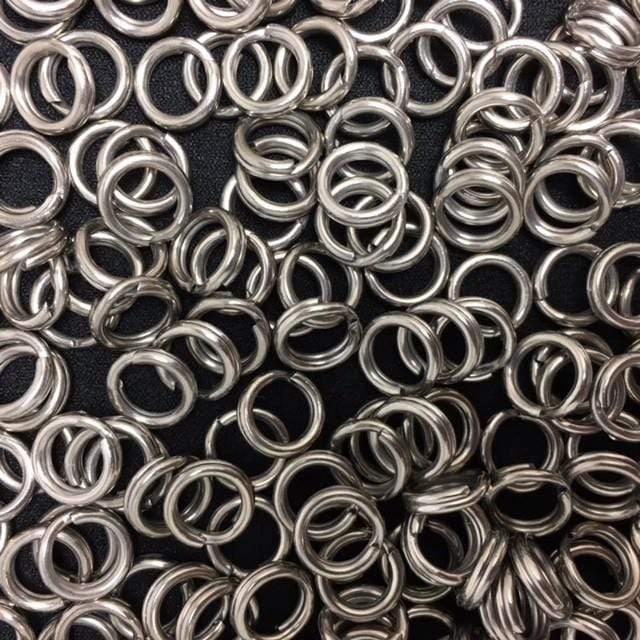
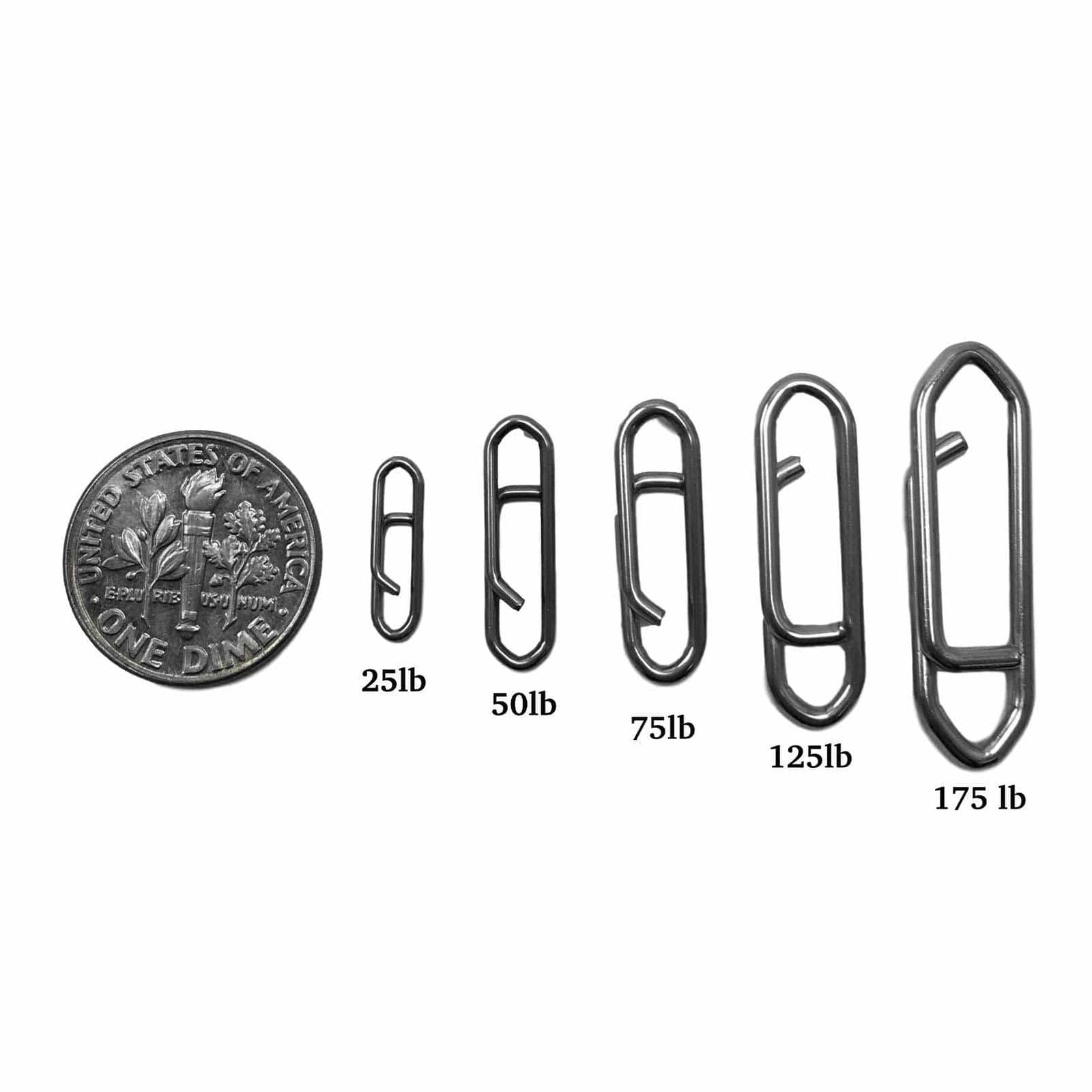




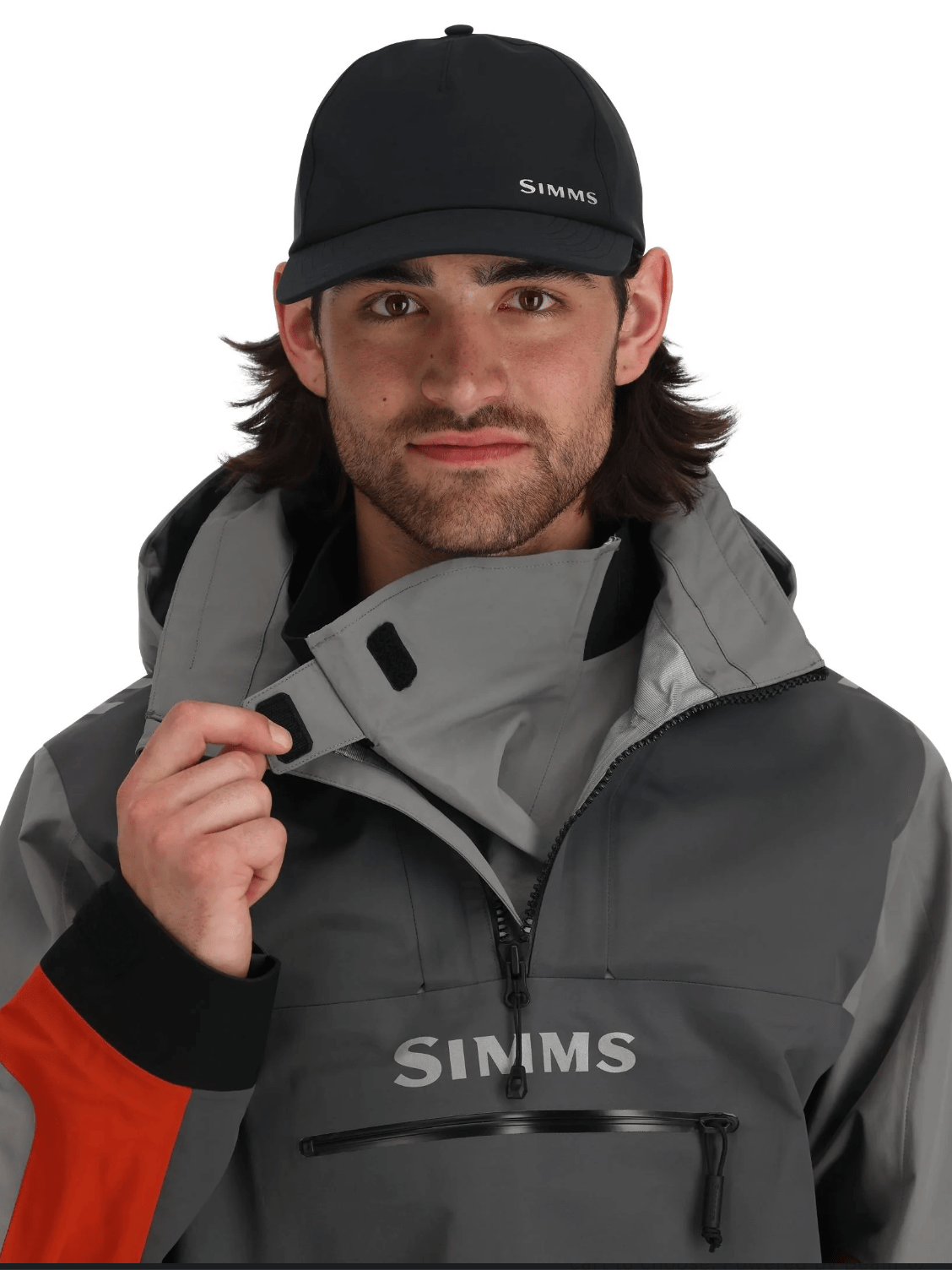

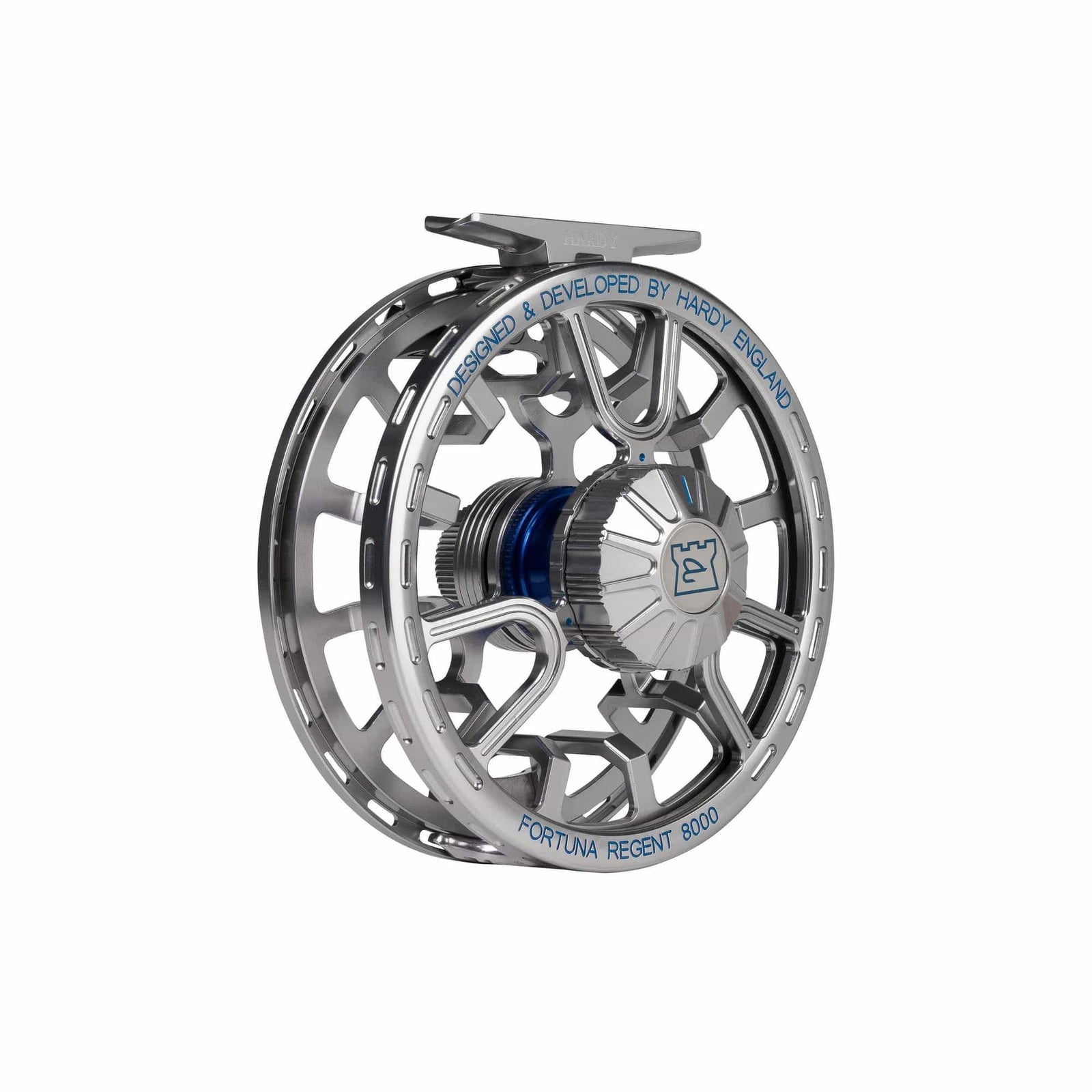
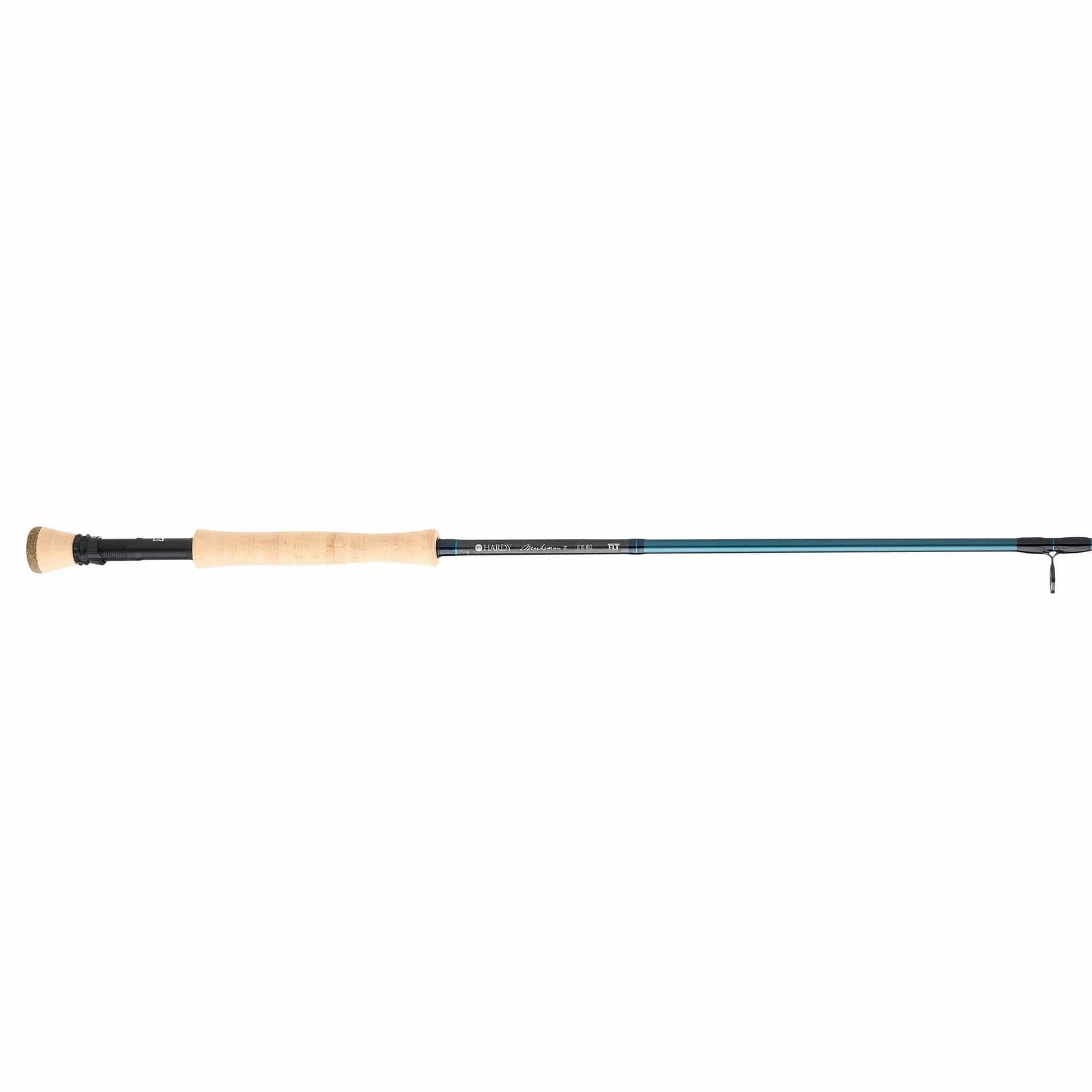
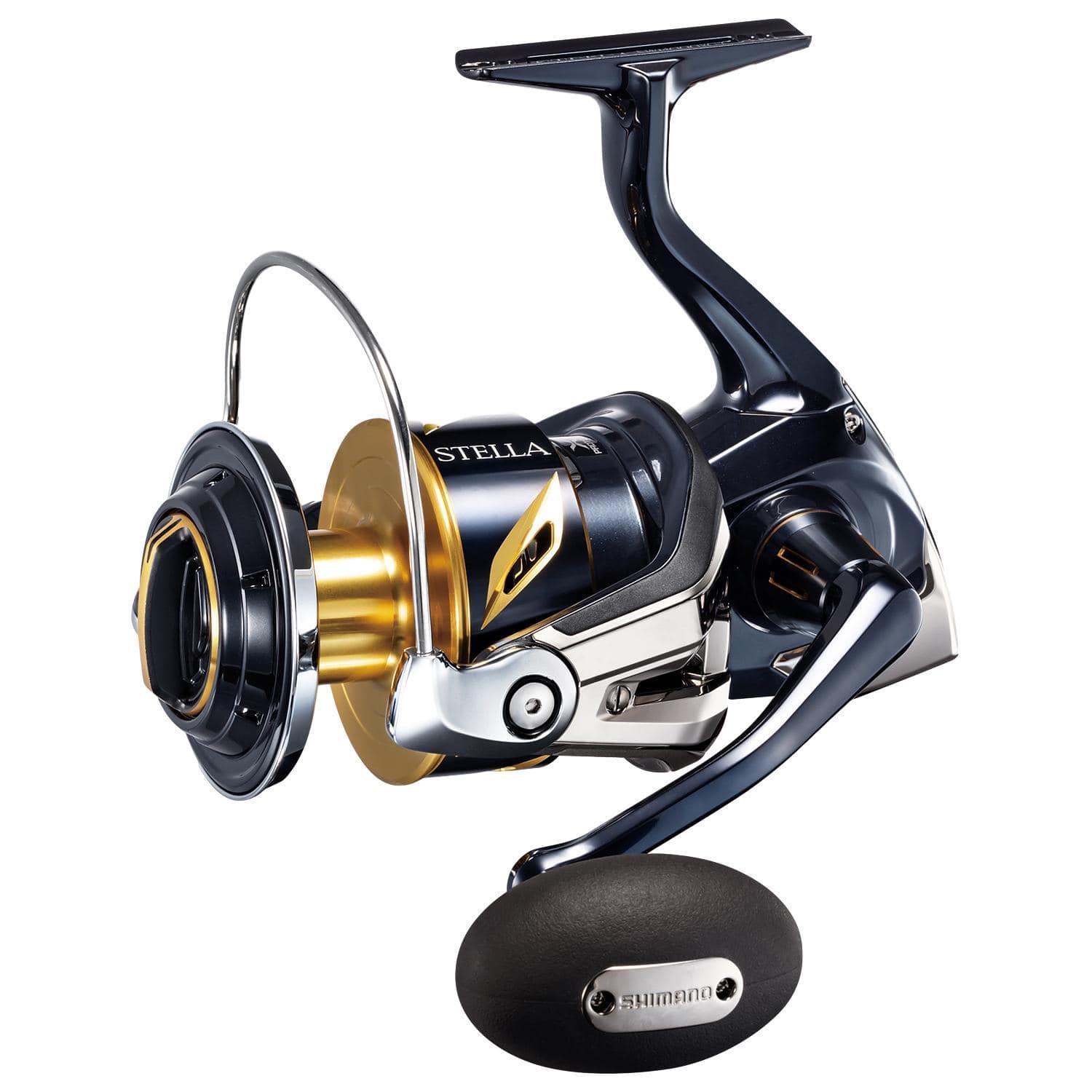
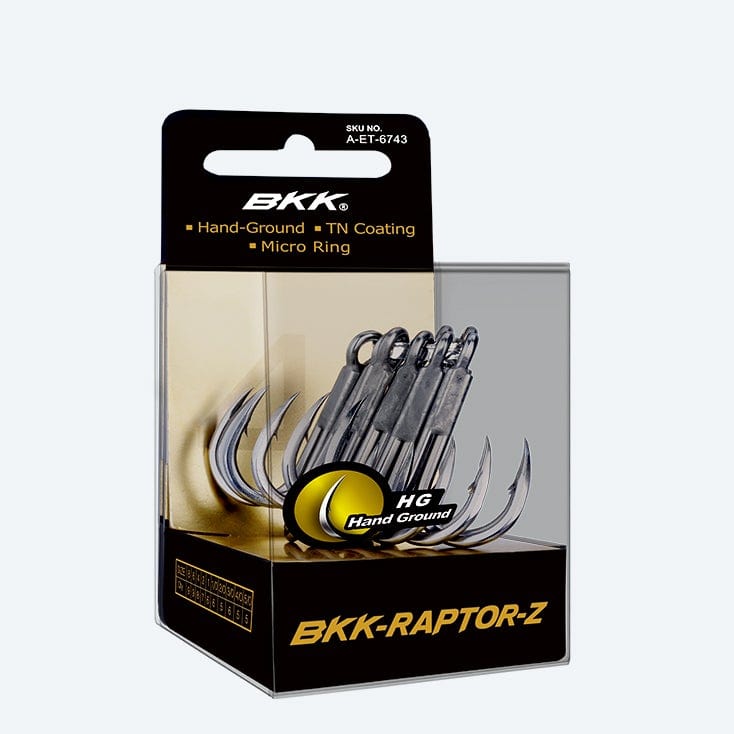
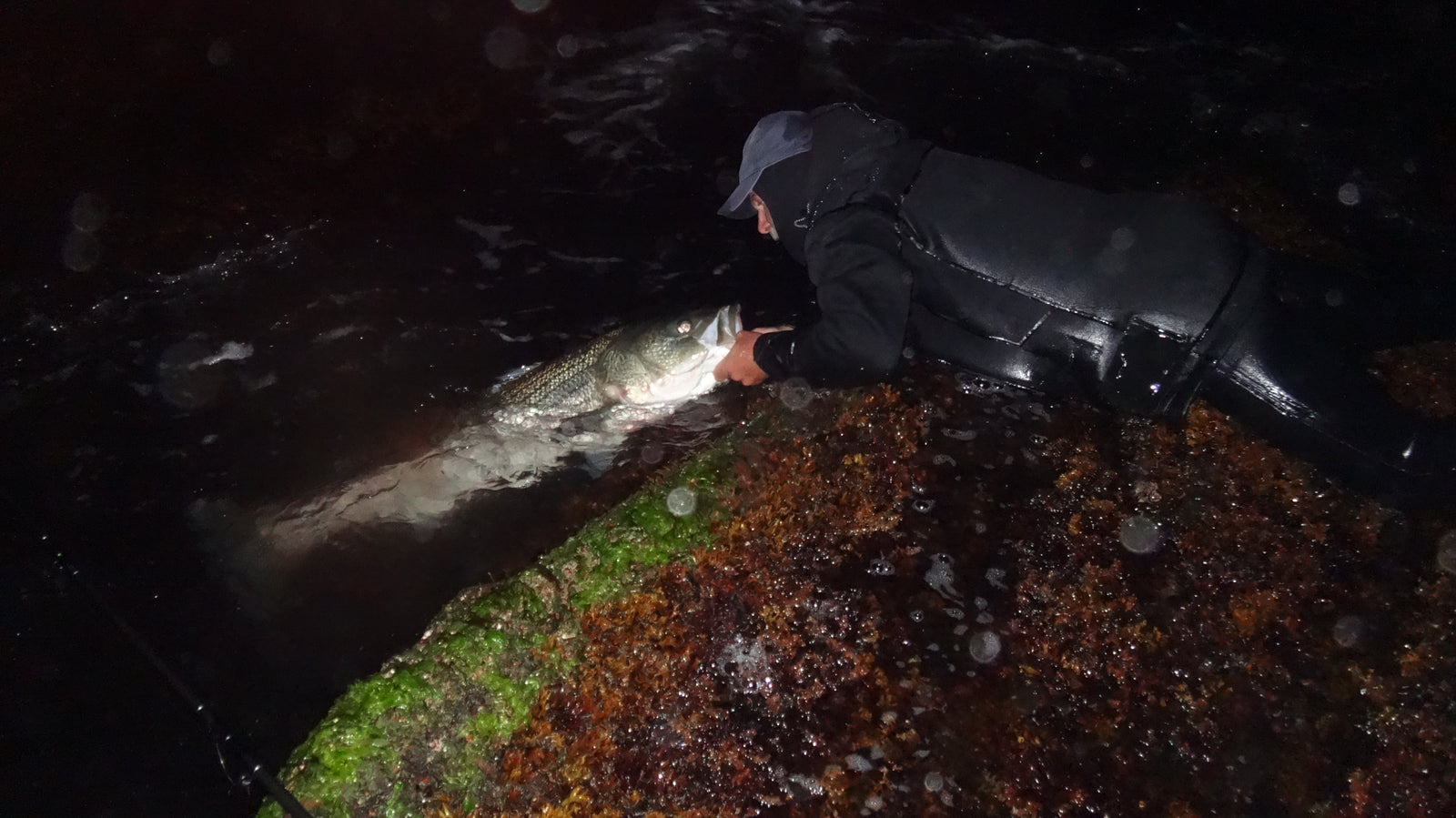
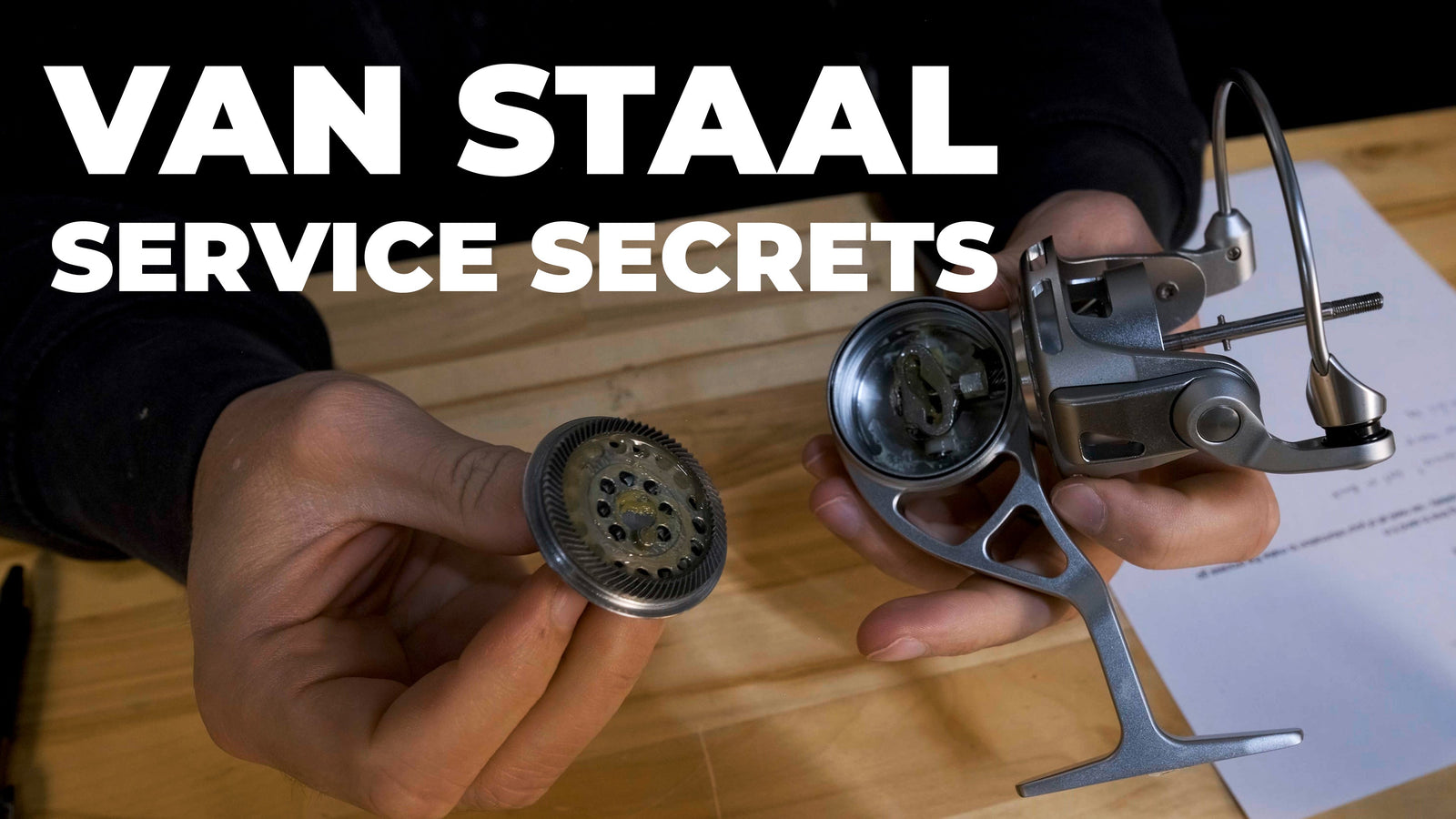


Kevin Howley
febrero 04, 2021
Thank you. It’s fishers like you who make the sport and our oceans better for everyone. Also, thanks for the good tips on using circles for eels.